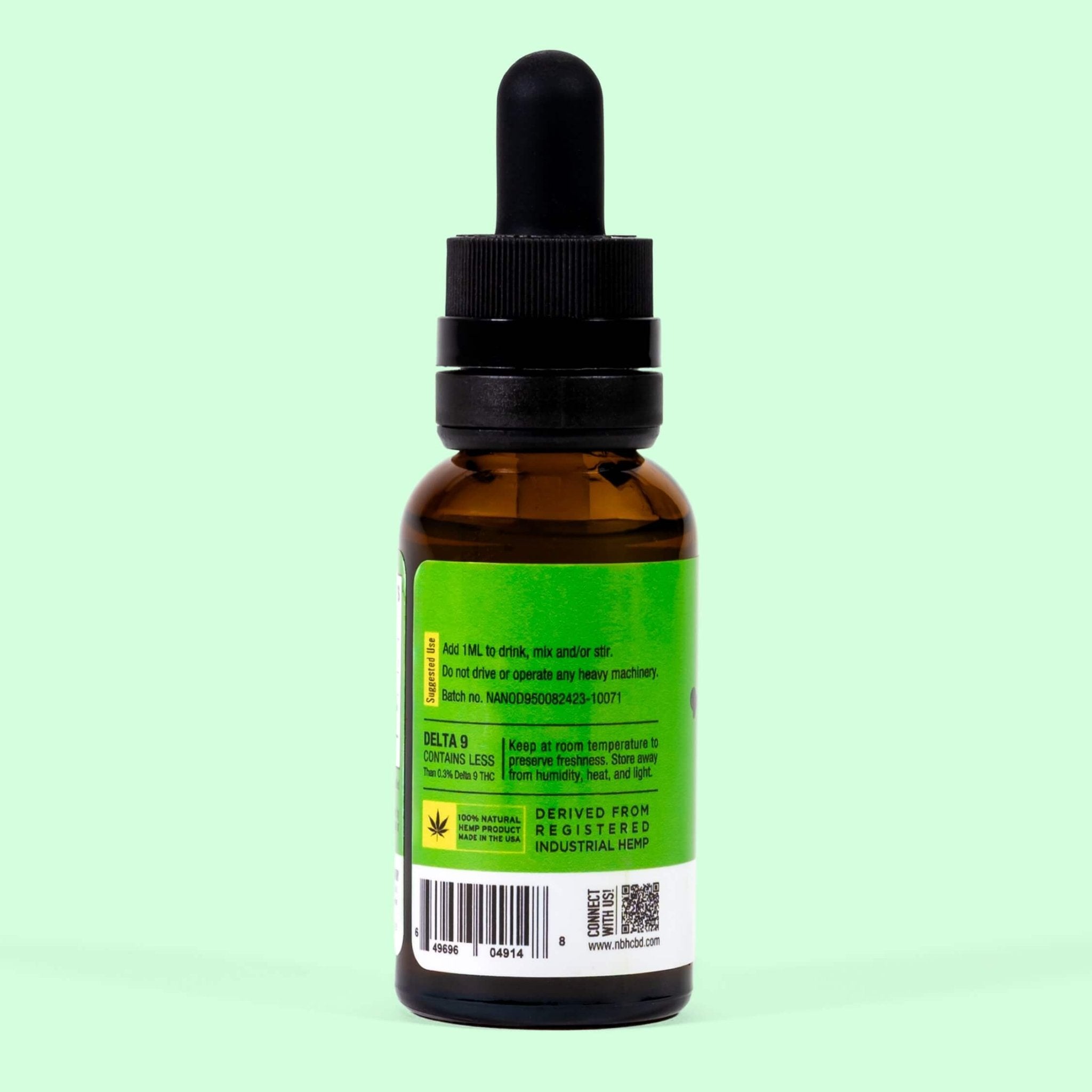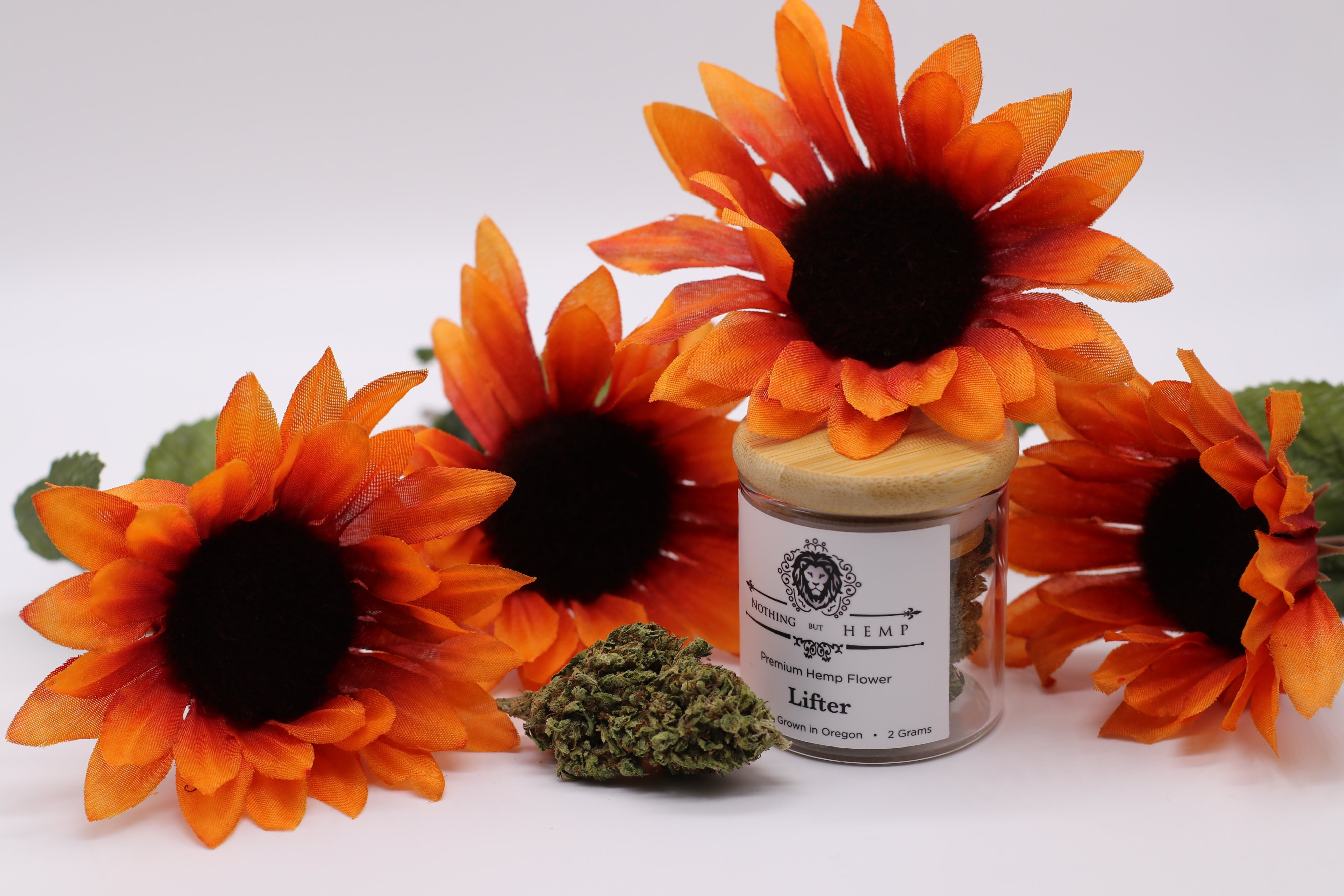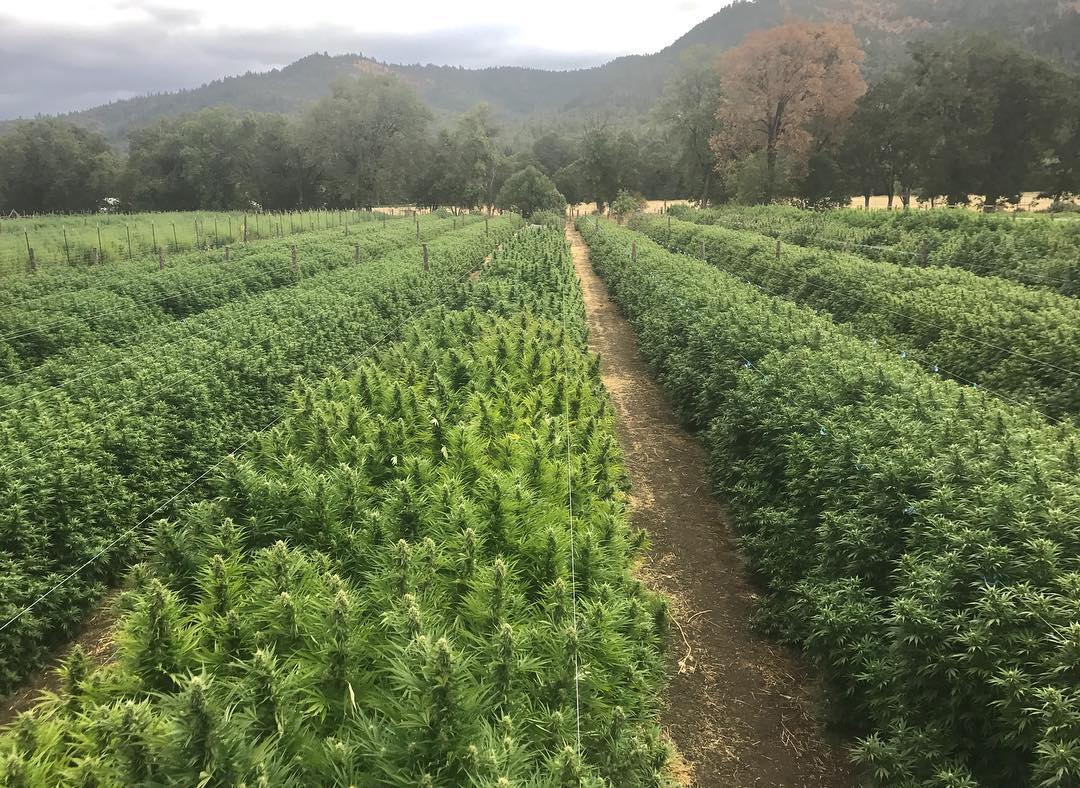
This year has been a watershed for the cannabis industry, with the first ever legal harvest of industrial hemp products in America.
Though the signing of the 2018 Farm Bill made the cultivation of industrial hemp products legal in all 50 states at the federal level and over 30 states subsequently passed legislation to allow farming and sales of hemp products in their jurisdictions. Still, challenges exist in the young industry.
This week, one of these challenges featured heavily here on the Nothing But Hemp blog. Namely, the fact that far more hemp is being harvested this season than can necessarily be processed into textiles and CBD. [1]
CBD is used for dozens of purposes, including for people’s anxiety, chronic pain and epilepsy, while hemp is used in textiles and plastics and other products.
According to a report from Brightfield Group, which has projected the CBD market could reach a value of $23 billion by 2023, as much as 285,000 acres of hemp have been planted this year and don’t have the treatment facilities to handle them.
For instance, while Oregon licensed over 62,000 acres of hemp production, it has only 527 processors. This leaves 238,000 pounds of hemp per processor. [1]
Still, other roadblocks face down cannabis farmers, manufacturers and retailers.
According to Forbes, farmers have also faced difficulties in reaching very high yields this first year, given the learning curve involved in switching to an entirely new format of cultivation. [2]
“The plants didn't get as tall,” Indiana farmer Mark Boyer told the South Bend Tribune. “They never canopied and that created weed problems.” [2]
Forbes said the prospective earnings from acres of hemp still reach far higher than other crops like corn. The price for an acre of hemp could reach as high as $50,000. [2]
Still, hemp can require more labor than other forms of farming, as row planting on the plants are less amenable to existing mechanized harvesters and combines which make corn harvests a breeze.
With retrofitted combines and similar labor-easing technologies, these problems might disappear. That does mean massive capital and time investments, but hopefully shows that future hemp harvest just may run like clockwork as more attention is paid to the issue. [2]
Lastly, Forbes reports that a setback for many farmers has been people stealing their hemp crop from fields under the mistaken notion that the hemp is marijuana and they could smoke it.
Sources
[3] https://www.brightfieldgroup.com/library/us-hemp-cultivation-landscape-report-free








































